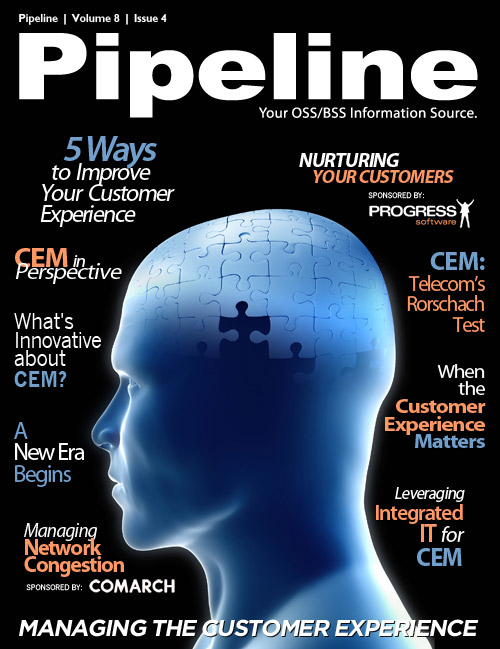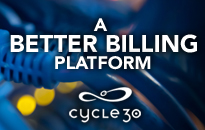For example, say a customer calls a service provider and purchases a triple-play bundle consisting
of cable television, internet, and mobile phone service. The order is processed and the account representative schedules for the customer to have her triple-play bundle installed in five days. But
then the rep may run into a problem due to a siloed legacy order management system, and not
realize that internet bandwidth in the customer’s area is unavailable for twelve days due to high
demand. When a field service team comes to install the customer’s triple-play bundle, the customer
will undoubtedly be upset when the installation rep tells her she will have to wait another week
before she can have broadband internet. Even worse, since customer data is segmented, service
representatives may not realize that the customer did not receive her high speed internet, causing
more customer agitation if she calls for an explanation. Or, the internet may not be turned on in a
week due to another system erroneously saying the customer already received her internet.
So how can CSPs ensure a smooth order delivery process? The key is to integrate sales, billing, and
fulfillment processes and systems. Instead of having an account rep input data in multiple systems,
the rep should be able to enter it into one customer relationship management (CRM) system. By
unifying customer and order management architectures, once the provider inputs the order into
the CRM system, the information can be automatically transferred into the CSP’s order and service
management (OSM) system. This gives account reps, order managers, and configuration specialists
a 360-degree view of the customer. In addition, fewer manual inputs and more automated functions
will reduce the number of order fallouts, which can be costly and aggravate customers.
Increasing Speed to Offer Introduction
The telecommunications industry is competitive and with virtually everyone owning a mobile phone,
service providers must maximize average revenue per user (ARPU) to maintain a competitive edge.
A central component to maximizing ARPU is to understand existing customers and provide new
offers that are complementary to the services they already use. For instance, if a customer already
has cable television and internet service through a CSP, the provider could offer a new bundled rate
that includes mobile phone service.


And new services are evolving quickly. With rapid technological advances in the industry, we are
continuing to see new applications and services that are optimized for next-generation networks.
Customers inherently gravitate toward new services, and it is important for CSPs to deliver those
services in a timely fashion. But with siloed billing, order management, and customer management
systems, it can take three months to a year to introduce new services to the market. Such a delay
could cause CSPs to lose customers who are unwilling to wait patiently for a new service, as they
demand real-time, on-demand services that offer “instant gratification.”
To accelerate new offer introduction, service providers are turning toward a unified architecture that
leverages central order management (COM). With the introduction of a unified COM capability,
when a CSP creates a new offer it can automatically route order information through the COM layer
to orchestrate this order across billing, shipping, provisioning, field service, and CRM environments.
So, instead of waiting for months, a provider can offer a new service in a matter of days or weeks.











